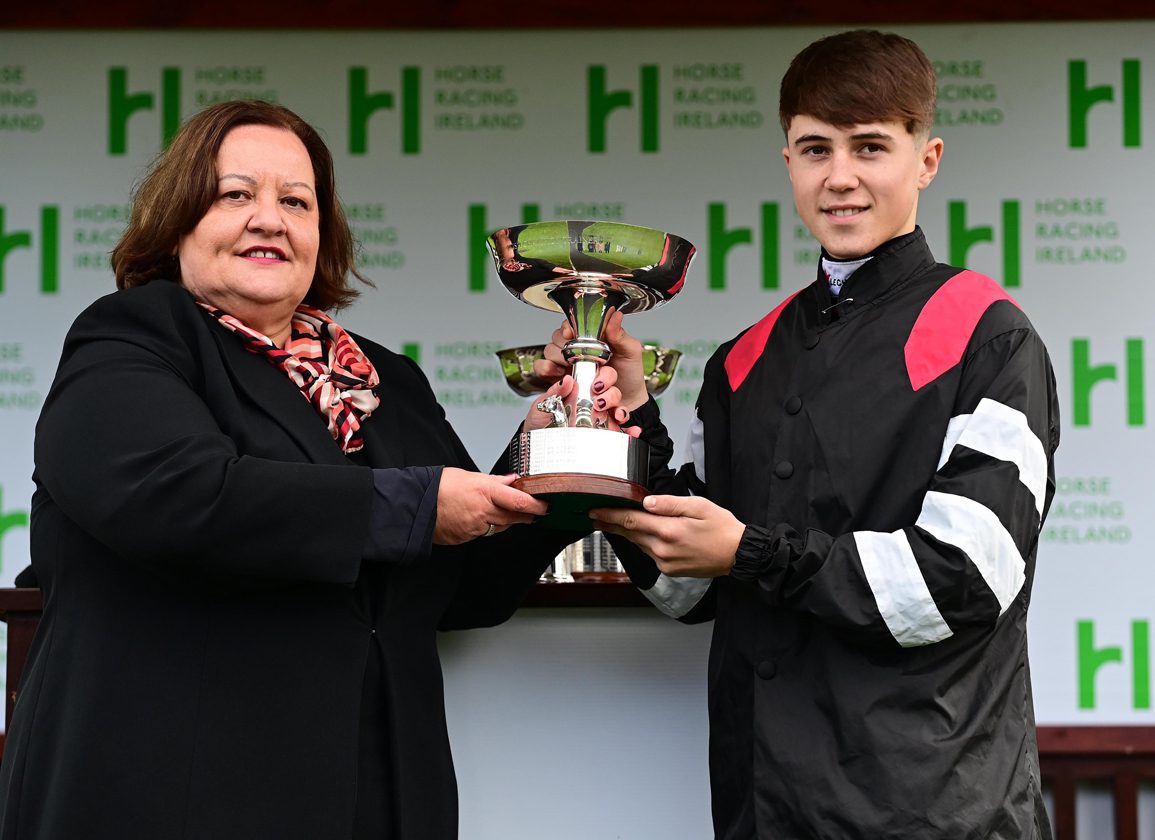Fewer horses in training, a drop in active owners and falling attendances were reported by Horse Racing Ireland in the six-month Irish Thoroughbred Racing Industry Statistics, which were released on Thursday.
Attendances for the first half of 2022 were down 9% on 2019 levels while on-course bookmakers reduced by 10.3% and Tote Ireland turnover was down a further 12.8%.
However, bloodstock sales in Ireland at public auction continue to thrive, with the figures for the first six months up 31% to the most comparable recent figure of 2019.
There were just three fewer fixtures in the first six months of 2022 compared to 2021. Despite this, there were 1,508 fewer runners and field sizes have fallen from an average of 12.5 per race to 12.1 during the same period across both codes.
The number of horses in training for the first six months this year compared to 2021 has fallen by 594 to 8,342. However, these figures are still greater than the pre-pandemic 7,206 horses that were in training in the first six months of the year in 2019.
Active owners are also up on pre-pandemic figures but there are 52 less active owners this year compared to last year while just 510 new owners registered in the first six months of 2022 compared to 637 in the same period in 2021.
Sponsorship is inching back towards pre-pandemic levels. In 2019, race sponsorship reached €4.2m. That figure fell to €1.5m in the first six months of last year but is over double that in the same time period in 2022 at €3.1m.
Attendances have not returned to pre-pandemic levels. A total of 505,752 people have come through the gates during the first six months of 2022 compared to 555,475 in 2019.
Horse Racing Ireland chief executive Suzanne Eade admitted the industry has come through a challenging couple of years but praised the resilience shown among stakeholders.
She said, “After a challenging couple of years, the hard work and efforts across the industry has meant that Irish racing is in a strong position to face up to the combined challenges of the lingering effects of the Covid-19 pandemic, Brexit and an increase in the general cost of living.
“In the first half of last year, our racing calendar adapted to reflect an increased demand, particularly in the National Hunt sector, for racing opportunities for a growing horse population. A significant number of extra races were scheduled to allow horses unable to run in point-to-points to compete on the racecourse. That necessity no longer exists, and it is telling that the entries, runners and field sizes are all tracking ahead of the same comparable period which is January to June 2019.”
Eade added, “I am very encouraged that the number of active owners has held up well while we continue to attract healthy numbers of new owners with 510 registrations in the first six months of 2022, a significant figure in the face of so much economic uncertainty. Again, these numbers are ahead of pre-Covid levels of 2019.
“What has decreased, by 9%, is the attendance levels compared to 2019. Many sports and leisure sectors have faced a challenge in returning to pre-Covid levels of attendance and Irish racing is not immune to that. It is a challenge that everybody will step up to and over the past few weeks we have enacted a strong media marketing campaign to drive attendances throughout the summer. I have seen many instances of innovation and strong engagement from racecourses over the past few weeks and months and am confident that the interest we know there is in racing, will translate back into racecourse attendance.
“An increase in total Tote betting to €31.9m points to the benefits of its strategic alliance with Tote UK, and off-course betting into Irish pools is up 21.3% on the 2019 tally. However, betting on-course, for both Tote and bookmakers, is down on the pre-Pandemic 2019 figures.
“Bloodstock sales have performed very well, particularly the National Hunt store sales, with a figure of €62.5m for horses sold at public auction. This reflects the high confidence international and domestic buyers have in horses bred, reared, and prepared in Ireland. This figure is also well ahead, over 30%, of the €47.7m recorded for the first six months of 2019.”
Not a subscriber? Click here to sign up for the daily PDF or alerts.






